Introduction
LinkedIn has become an essential platform for businesses to connect with potential customers, build relationships, and establish their brand.
However, to ensure your LinkedIn strategy is driving results, it’s essential to monitor key metrics using LinkedIn Business Analytics.
These metrics can help you understand how your content is performing, identify areas for improvement, and make data-driven decisions to achieve your business goals.
In this article, we will explore seven metrics to monitor in LinkedIn Business Analytics to help you track the effectiveness of your LinkedIn strategy and achieve success on the platform.
12 Metrics to monitor for linkedin business analytics
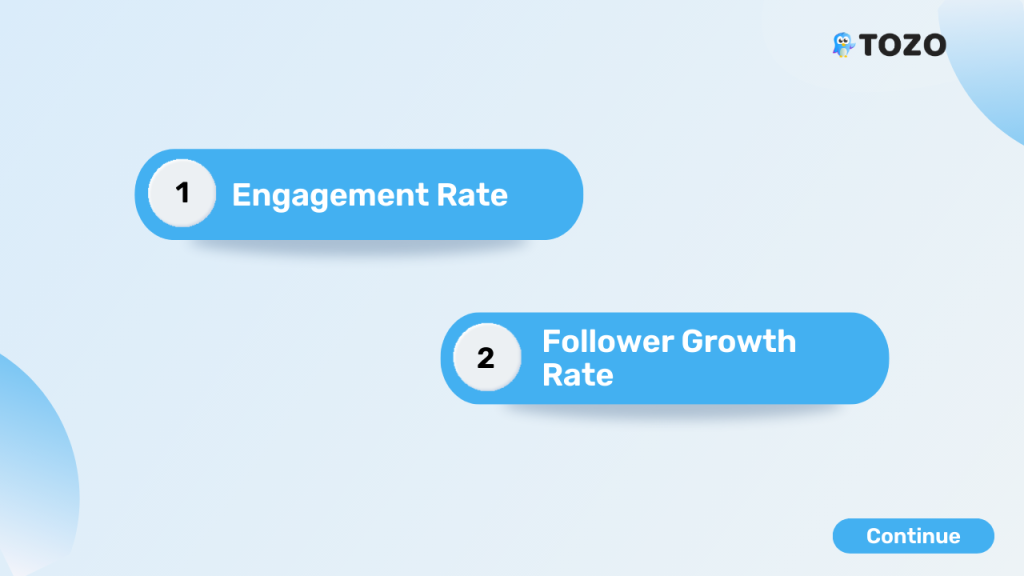
1. Engagement Rate:
Your engagement rate is an important metric to track because it measures how many people are actively engaging with your content.
When people like, comment, or share your posts, it not only shows that they find your content valuable but also helps to increase your visibility on the platform.
Additionally, high engagement rates can lead to more followers, increased brand awareness, and more opportunities to connect with potential customers.
2. Follower Growth Rate:
Follower growth rate is a measure of your success in attracting new followers to your LinkedIn page.
A steady increase in your follower count is a positive sign, indicating that your content is reaching a wider audience and resonating with your target market.
You can see trends in the behavior of your audience and modify your strategy by keeping an eye on your follower growth rate.
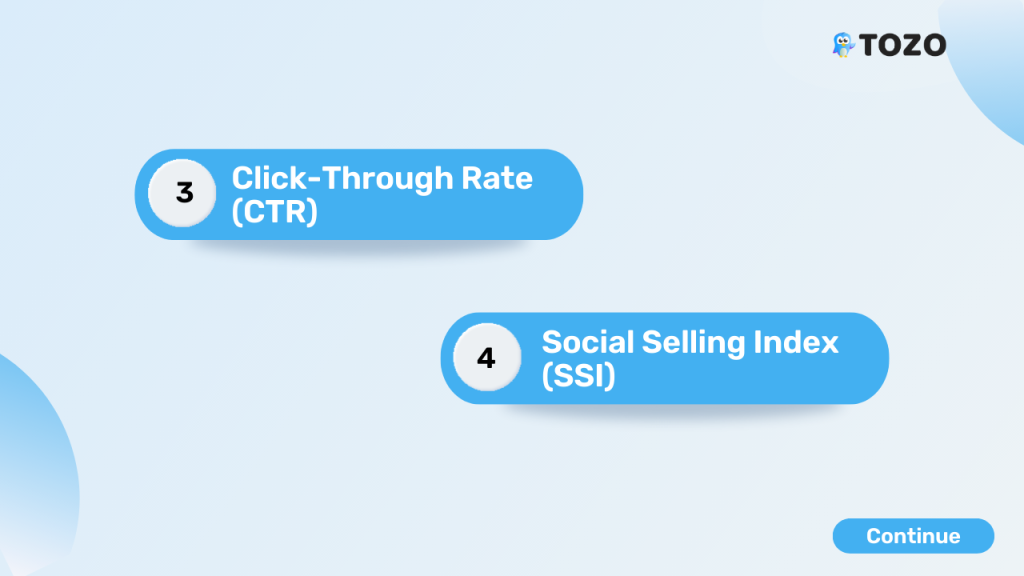
3. Click-Through Rate (CTR):
Your click-through rate is a key metric to measure the effectiveness of your content in generating interest and driving traffic to your website.
A high CTR means that your content is resonating with your audience and that they are taking action by clicking through to your website.
This metric is particularly important if your goal is to generate leads or sales through LinkedIn.
4. Social Selling Index (SSI):
Your Social Selling Index is an overall score that measures your effectiveness in using LinkedIn to build your professional brand, find the right people, engage with insights, and build relationships.
Your ability to use LinkedIn to further your professional goals increases with your SSI score.
LinkedIn provides guidance on how to improve your SSI score, such as optimizing your profile, engaging with your network, and sharing relevant content.

5. Post Views:
Monitoring your post views can help you understand how many people are seeing your content and how it’s performing over time.
You can determine which types of material are popular with your audience and change your strategy by looking at the number of times your posts are viewed.
Additionally, you can track the performance of individual posts to determine which ones are generating the most engagement and consider promoting them to extend their reach.
6. Demographics:
Understanding the demographics of your LinkedIn followers can help you tailor your content to their interests and needs.
For example, if you have a significant number of followers in a particular industry or geographic location, you can create content that is relevant to that audience.
Additionally, by monitoring changes in your followers’ demographics over time, you can identify trends and adjust your strategy accordingly.
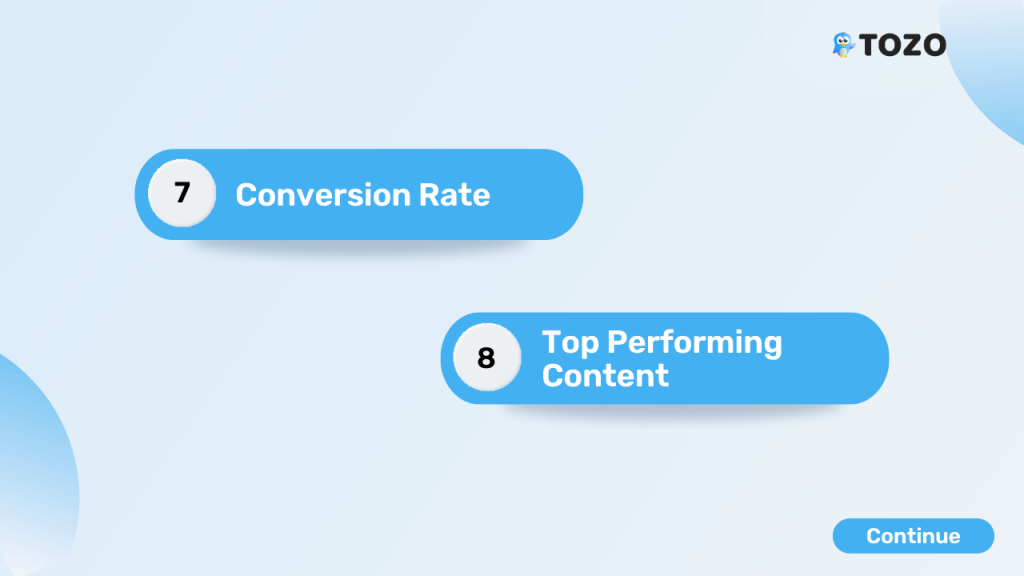
7. Conversion Rate:
Conversion rate is a measure of how effective your LinkedIn efforts are in generating leads or sales for your business.
By monitoring your conversion rate, you may determine the content kinds that convert well and modify your strategy accordingly.
Additionally, you can use LinkedIn’s advertising tools to target specific audiences and track the performance of your campaigns in real-time.
8. Top Performing Content:
Analyzing your top-performing content can help you understand what type of content resonates best with your audience.
Look at the metrics for your top-performing posts, including engagement rates, likes, comments, and shares, and identify patterns in the content type, topic, format, and tone.
This can help you create more of the content that your audience engages with most, ultimately increasing engagement and reach.
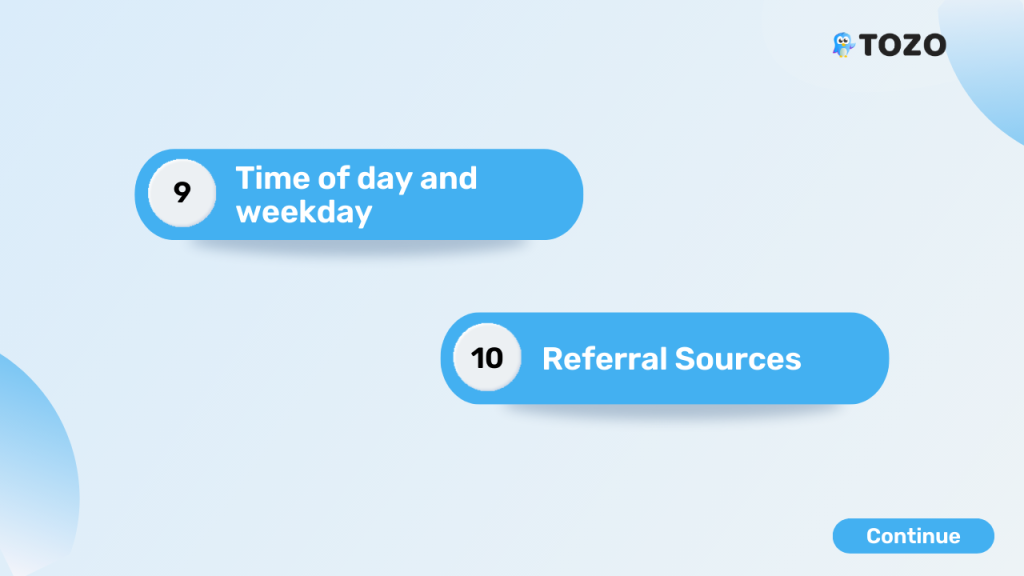
9. Time of day and weekday:
Understanding when your audience is most active on LinkedIn is essential to maximizing the impact of your content.
LinkedIn Business Analytics can help you identify when your audience is most active, allowing you to adjust your posting schedule accordingly.
For example, if you find that your audience is most active on LinkedIn on weekdays during business hours, you may want to focus your posting schedule during those times.
10. Referral Sources:
Understanding which channels are driving the most traffic to your LinkedIn page is essential to optimizing your LinkedIn strategy.
LinkedIn Business Analytics can help you track referral sources, which refer to the channels through which people come to your LinkedIn page.
For example, referral sources could include organic search, social media, email, or other websites.
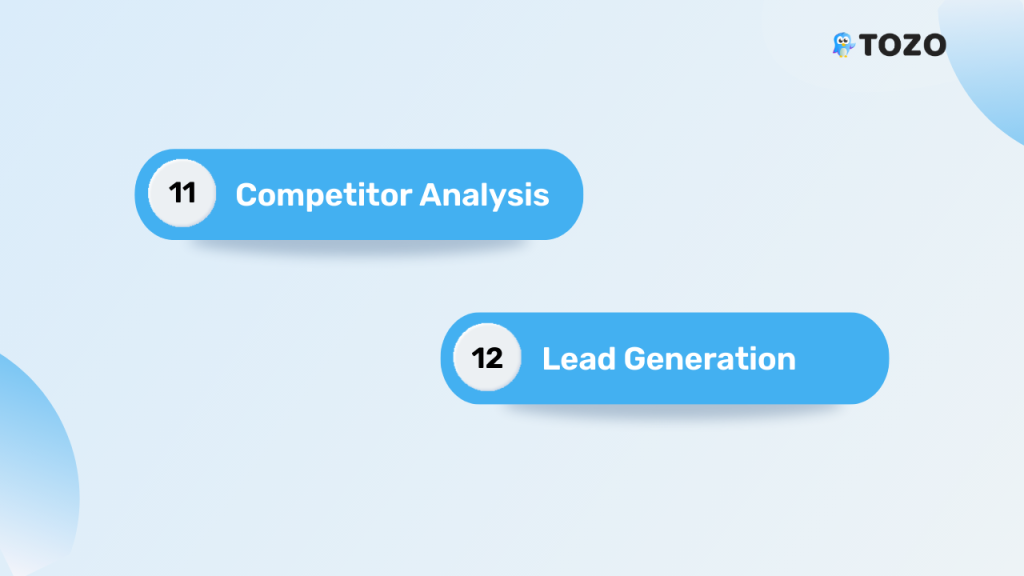
11. Competitor Analysis:
Analyzing your competitors’ LinkedIn presence can provide valuable insights into their strategy, content, and audience.
You may strengthen your LinkedIn strategy and stand out from competition by tracking their follower numbers, engagement rates, and top content.
For example, you may find that your competitors are using LinkedIn to engage with their audience through thought leadership content.
Alternatively, you may find that your competitors are using LinkedIn to promote their products or services more aggressively.
By understanding how your competitors are using LinkedIn, you can adjust your strategy to better meet the needs of your audience and differentiate your brand.
12. Lead Generation:
If your goal is to generate leads through LinkedIn, it’s essential to track metrics such as the number of leads generated, lead quality, and cost per lead.
Use LinkedIn’s ad tools to track and improve lead generation campaign performance.
To reduce cost per lead, adjust targeting or bidding strategy.
To improve lead quality, adjust messaging or targeting for higher-quality leads.
Conclusion
Monitoring key metrics in LinkedIn Business Analytics is critical to the success of your LinkedIn strategy.
Track engagement rate, follower growth, click-through rate, SSI, post views, demographics, and conversion rate to improve content performance.
Regularly analyze metrics, adjust strategy, and experiment to find what works best for your business on LinkedIn.
By monitoring these metrics, you can connect with your audience, establish your brand, and achieve business goals on LinkedIn.



